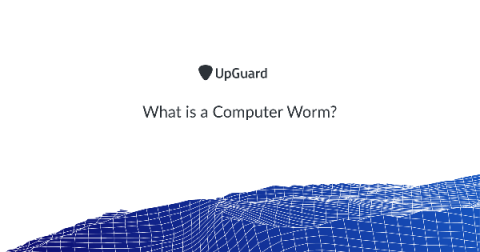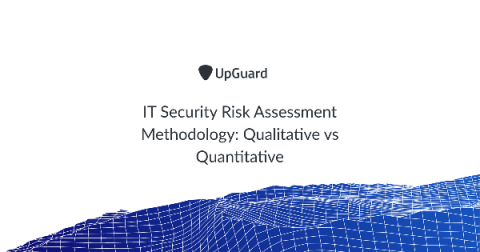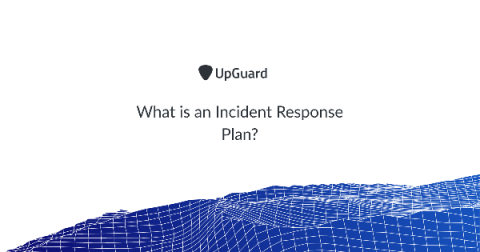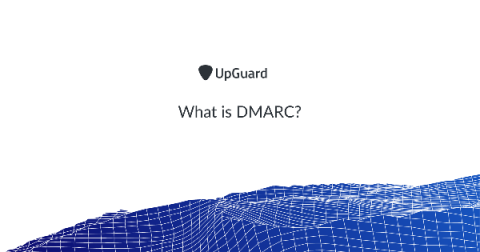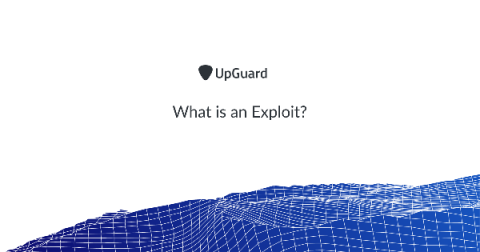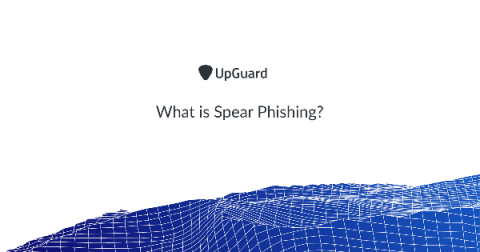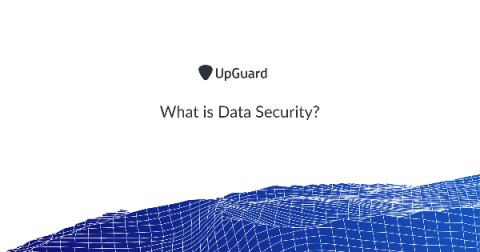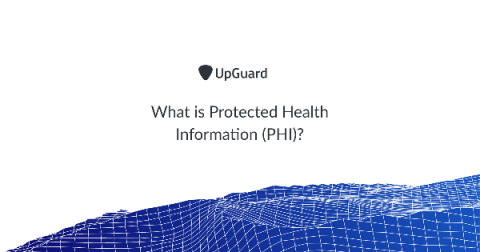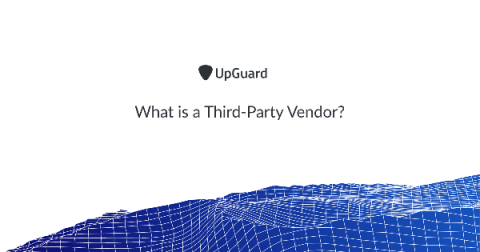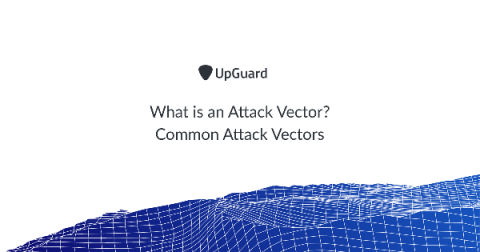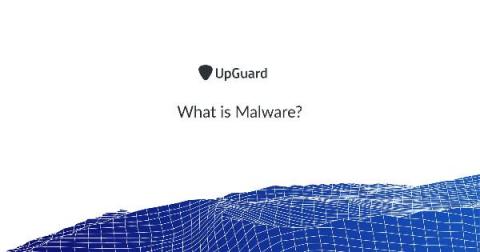What is the Principle of Least Privilege?
The principle of least privilege (POLP), an important concept of computer security, is the practice of limiting access rights for users, accounts and computing processes to only those needed to do the job at hand. Privilege refers to the authorization to bypass certain security restraints. When applied to people, minimal privilege, means enforcing the minimal level of user rights that still allow the user to perform their job function.



